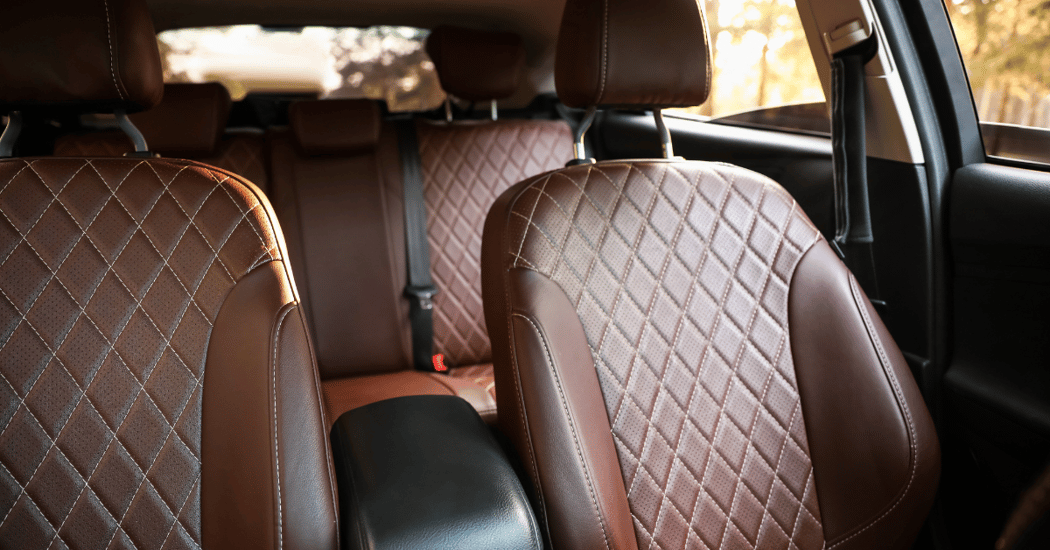
The Untapped Potential of Foam Materials in Vehicle Manufacturing
When you think about the automotive industry, foam materials probably aren’t the first thing that comes to mind. You’re more likely imagining sleek designs, roaring engines, and the latest tech features. However, foam materials play a crucial role in the industry and are often unsung heroes in the production process.
Nowadays, these materials are used in everything from seats and headrests to insulation and safety components. And with the constant push for lighter, more efficient, and safer vehicles, the potential for foam materials is truly vast. This article will dive into the surprising world of foam in the automotive industry, exploring how it’s currently used and how it could be leveraged in the future.
From enhancing comfort to reducing noise and even saving lives, the humble foam is ready to take the spotlight. So buckle up and let’s take a closer look at the role of foam materials in the world of cars and trucks.
Elevating Interior Comfort with Foam Materials in the Automotive Industry
Optimizing interior comfort is imperative in the automotive sector, and foam materials like polyurethane, polyethylene, and EVA foam offer versatile solutions to achieve this goal:
- Automotive Seating: Foam materials can be customized to create comfortable and supportive seating options for various vehicle types, from luxury sedans to utility trucks. High-quality foam seat cushions and headrests provide essential comfort for drivers and passengers during short and long journeys alike.
- Sound Absorption and Noise Reduction: Foam materials like polyurethane and polyethylene can be utilized for sound absorption and noise reduction purposes within the vehicle cabin. By decreasing road noise, engine vibration, and wind turbulence, these foam solutions contribute to a more enjoyable and quiet driving experience.
Enhancing Safety and Performance with Foam Materials in the Automotive Industry
Foam materials play a vital role in ensuring safety and performance in various automotive components and applications:
- Energy Absorption and Crash Protection: Closed-cell foam materials, like polyethylene and polyurethane foam, can be strategically placed within vehicle structures to provide effective energy absorption in case of a crash. These materials safeguard occupants by dissipating impact energy, reducing the risk of injury during accidents.
- Vibration Dampening and Shock Absorption: Polyurethane, polyethylene, and EVA foam materials can be employed as effective vibration dampening and shock absorption solutions in automotive applications. By reducing the transfer of vibrations and shock forces, these materials contribute to the stability, handling, and performance of vehicles.
Sustainable and Environmentally Friendly Foam Materials in the Automotive Industry
With the growing emphasis on sustainability and environmental responsibility in the automotive sector, foam materials offer valuable options for eco-friendly vehicle manufacturing processes:
- Recyclable and Lightweight Foam Materials: Many foam materials, like polyethylene foam, are both recyclable and lightweight, making them an environmentally-conscious choice for automotive applications. By embracing foam products that can be repurposed or recycled, manufacturers demonstrate their commitment to sustainable production practices while minimizing overall vehicle weight, resulting in improved fuel efficiency.
- Thermal Insulation and Energy Efficiency: Utilizing foam materials for effective insulation in vehicle cabins can contribute to minimizing energy consumption, particularly in electric and hybrid vehicles. By incorporating foam insulation, automotive manufacturers can reduce the reliance on heating and air conditioning systems, ultimately extending battery life and range.
Innovative Applications of Foam Materials in the Automotive Industry
The versatile nature of foam materials allows for their use in a wide range of innovative automotive applications:
- Customized Automotive Interiors: Foam materials can be employed to create a personalized and luxurious feel within premium vehicle interiors, offering a unique driving experience. From molded foam-dashboard components to intricately detailed door panels, foam materials provide designers with the flexibility to create visually stunning yet comfortable interior spaces.
- Battery Encapsulation and Protection: As electric vehicles continue to rise in popularity, foam materials like polyurethane and polyethylene offer effective solutions for battery encapsulation and protection. These foam materials insulate and shield sensitive battery components from temperature fluctuations, vibrations, and potential impacts, ensuring the safety, longevity, and performance of electric vehicle power units.
The Role of Foam in Transforming Vehicle Manufacturing Processes
Polyurethane, polyethylene, and EVA foam materials are revolutionizing the automotive industry by offering innovative and effective solutions that improve comfort, safety, performance, and sustainability across a wide range of applications. By understanding the various uses and benefits of foam materials, automotive manufacturers and designers can leverage their full potential in developing cutting-edge vehicles that cater to the market’s evolving demands.
At Sterling Manufacturing, we pride ourselves on supplying high-quality, tailored custom foam materials specifically designed to meet the unique needs of the automotive industry. Contact us today to discuss your specific requirements and explore tailored foam solutions for your automotive projects. Together, let’s reshape the future of the automotive industry by harnessing the extraordinary power of foam materials.

Leave a Comment
Your email address will not be published.